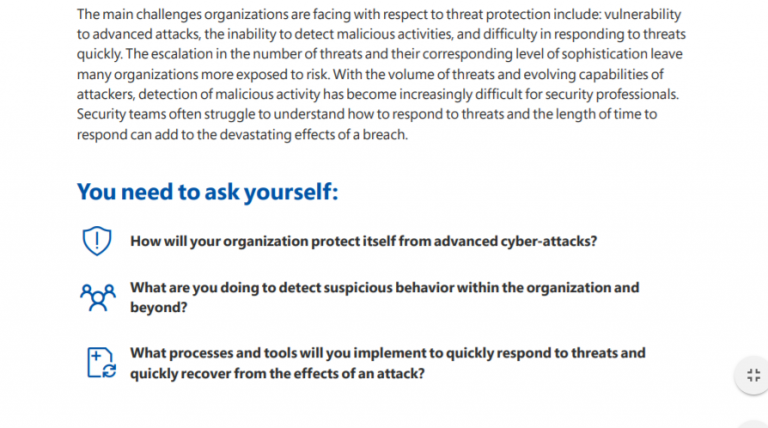How can Challenger Sales methodology help your marketing?
Originally published Nov. 29, 2018 on the Olive + Goose blog. Last updated 2/6/2021
An ongoing debate rages around which sales methodology is the most effective. Within that debate, one of the trending topics has been the rise of the Challenger Sales methodology, based on Matthew Dixon and Brent Adamson’s popular 2011 book The Challenger Sale: Taking Control of the Customer Conversation.
What exactly is Challenger Sales Methodology– and why is it gaining popularity?
Challenger is based on Gartner research examining sales methodology. Gartner surveyed over 6,000 sales reps and assessed performance across 44 different attributes with a goal of identifying “star performers” – those sales professionals that drive the majority of revenue – and the traits that set them apart. Based on their research Gartner identified five distinct profiles, of which only one – the Challenger profile – correlated strongly with star performance. Nearly 40% of the “stars” identified were Challengers – and in complex sales environments, that number rose to 54%.
One of the key reasons for this, as this same Gartner research goes on to note, may be that today’s customers are typically more than 57% of the way through their purchase process before they have their first meaningful contact with a seller. In an increasingly data-driven world, customers have more information at their fingertips and sales professionals need to adapt to changing customer needs and cut through the noise in order to be effective.
How do they do this? By challenging a customer’s assumptions and developing constructive tension. Challenger reps win by understanding their customers’ business and demonstrating insights that drive their customers’ thinking. They transition from the role of seller to guide, bringing up new ideas that drive innovation and force the customer to consider new possibilities. This has a significant positive impact on customer loyalty and sets both the sales professional and their organization apart, in three ways (outlined in the same Gartner research conclusions):
Differentiating based on in-depth knowledge of the customer’s business and their specific perspective.
Driving a two-way dialogue tailored to customer’s economic needs and values.
Controlling the conversation because they’re comfortable both discussing money and the customer’s specific needs.
Wait – how does this apply to marketing?
While the applicability of the Challenger methodology is easy to see in sales, it’s more difficult to apply in marketing materials; but it can be done. While sales professionals are essential to closing the deal with their customer-specific knowledge and relationships, marketing professionals can more effectively warm up their leads and develop new ones by working to introduce constructive tension into our content marketing strategy. By using Challenger methodology in our content, we can encourage customers to consider innovative solutions to their needs, preparing them for the sales cycle and guiding them towards our solutions.
How can I implement constructive tension in my content marketing?
While implementing Challenger methodology congruency into content marketing, we face a major obstacle – it’s significantly more difficult to tailor marketing content to specific customers than it is to tailor sales interactions. Instead, we can build constructive tension and achieve similar impact by addressing technology trends and specific market segments.
When correctly applied, your content should develop constructive tension to intrigue customers and to make them feel they need to take action by moving the conversation and buying process forward. Tension should not be scare tactics or overly stressful; if you raise problems, present solutions. Our goal is to build customer’s readiness for action and to be the teacher that has guided them to solutions (drawing upon other learnings from Building a Storybrand: Clarify Your Message So Customers Will Listen by Donald Miller). When writing for constructive tension, I recommend following this outline:
Set the scene: The first step should be to develop credibility with customers by demonstrating knowledge of relevant business issues. Your content should establish your organization’s understanding of the trends in the industry or segment you’re targeting.
Reframe the conversation: Ask challenging questions that make readers reconsider how they’re viewing industry trends in relation to their needs.
Use open ended What/Why/When/Where/How/Who questions to make potential customers consider the broader implications of what you’re bringing up and to make them eager for more knowledge.
If you can, refute an incorrect belief the customer might have.
Identify pain points or opportunities; next we’ll guide the customer to a solution.
Through open ended questions we challenge readers to examine their own organization’s cybersecurity readiness in “How does your cybersecurity posture need to change?” a whitepaper that my colleague Joe Turick and I contributed to for Microsoft Services.
3. Introduce impact: You’ve made your customers consider the implications of the challenges set forth for them, now you demonstrate the impact. Provide data that shows the cost of inaction and use examples to put a human face on the consequences of failing to act.
4. Reveal value: Finally, it’s time to introduce your customers to solutions for the problems or challenges you’ve established in previous sections. Lay out how your solutions will uniquely solve their problems. Ideally, this should directly correlate with your organization’s strengths.
An example of the transition from challenges to solutions taken from “Enabling a more secure transformation in the digital era” a whitepaper that my colleague Hannah Rames and I contributed to for Microsoft Services.
5. Provide next steps: Once you’ve demonstrated the value of your solutions and customers have found value through the teaching you’ve done, it’s time to make your ask and provide them with a next step to move them along in the sales cycle.
The value of this kind of content is twofold: you demonstrate unique value as an organization by showcasing institutional knowledge and understanding of the needs of their market segment, and you provide an opening conversation for your sales cycle and generate potential leads. When constructed well, this kind of content will warm up existing leads and generate new ones.
What next?
To learn more about how to build constructive tension with your customers and to implement a successful content marketing strategy at your organization, Olive & Goose can help. Contact us to learn more and to scheduled an initial conversation.

